Top Tips For Making The Perfect Irish Coffee
At Java Republic, coffee is not just our business, it’s our passion.
For one of our Coffee Quality Consultants, Renata Malyszko, this passion has taken her all over the world. Renata is a World Coffee Events (WCE) Certified Judge in 5 Championships, one of the most recent of which was The Coffee in Good Spirits (CiGS) event. This event has inspired her latest passion; coffee cocktails and the ultimate winter warmer, the Irish coffee. In part one of this three-part article series, Renata shared what she has learned about the History of Irish coffee. This week we move on the best part, the tasting. Here are Renata’s top tips for making the perfect Irish coffee.
Irish coffee is all about the balance of flavours, here are a few things you need to remember to make the perfect Irish coffee:
Sugar
Originally, cane sugar was used to make Irish coffee sweet. Today any type of sugar or syrup can be used. Below are a few examples of sugars available on the market and their impact on taste. It is important to remember the darker sugar is, the more of a deep, rich, earthy, molasses flavour it will have. As molasses are very intense they can overpower a drink very easily.
Cane sugar: Dissolves quickly and efficiently and is used in the original recipe.
Demerara: Gives rich flavour and has caramelly notes.
Turbinado: Adds a light caramelly flavour.
Jaggery: Has sweet flavour but earthy notes are present too.
Muscovado: Complex flavour, hints of toffee and slightly bitter aftertaste.
Honey: Dissolves very quickly, very delicate in flavour but it may change the consistency of the drink.
Coffee
To maintain the balance of flavours, coffee must compliment the drink but never stand out. For making Irish coffee you can use any type of coffee and brewing method. The important thing to remember as with any coffee, it must be good quality and fresh.
Whiskey
First and foremost, in keeping with the name of the drink and original recipe we recommend that the whiskey be Irish. Below are some examples of whiskeys and the effect they may have on flavour and balance.
Irish whiskey: Triple distilled Irish whiskey is smoother at the beginning and gets more intense at the back of the palate. The spirit is usually finished in a cask used previously for wine, beer, rum. As a result, there are so many different flavours is depending on the finishing. Generally speaking, Irish whiskey will nicely compliment the coffee, making the drink well balanced and smooth with a creamy body.
Scotch whisky: Scotch whiskey is double distilled and aged for a minimum 2 years in American bourbon casks with malted barley and smoky notes. The flavours created by adding scotch whisky to coffee will be similar to cornflakes, oaty, slightly spicy with smoky notes and heavy body.
American whiskey: American bourbon whiskey is 51% corn which makes it sweeter than whiskeys, however, a short time of aging (only one year) makes it sharp at the same time. When added to coffee, American whiskey creates sweet caramel and spicy notes. Keep in mind it can overpower the character of the coffee due to its sharp character.
Japanese whiskey: Japanese whiskey is not hugely popular in Europe. It is cropping up in a range of trendy bars but to date is still an underestimated spirit. Japanese whiskey has a grainy sweetness and candied orange peel notes. It is extremely rich and powerful with grainy sweetness accompanied by spicy notes. A very complex spirit, it also shows a delightful balance between spicy notes and rich fruitiness. With such complexity in this particular whiskey, you need to get creative and be open-minded about the flavours you expect to get. You might be pleasantly surprised, different variations of Japanese whiskey can have very different taste profiles. This option might take a bit of experimentation.
Note: All the above recommendations are based on an evening of Irish coffee tasting with friends. It’s a tough job but someone has to do it. All whiskeys were mixed with a Brazilian naturally processed, light-roast coffee. If you try it with different coffees, you might get different results.
Cream
The crisp white collar of whipped cream that floats above the glass of Irish coffee is the most difficult ingredient to master. The cream needs to be slightly whipped. The method of whipping the cream is entirely up to you, electric mixer, blender, whisk, shaker, etc., as long as it gives the desired result. Finding the ‘sweet spot’ with the cream takes plenty of practice. Too liquid or too thick can cause the cream to mix with coffee while you attempt to float it. A useful tip here which may help you find that sweet spot is to use cream which is very cold from the fridge. For those lactose intolerant out there, for a dairy-free option, instead of cream you can use full-fat canned coconut milk. Whipped coconut milk will give a similar effect to double cream.
Glass
A tulip-shaped glass with wider top shows off snowcap of cream. The recommended size is 6 to 7 oz which will prevent you from using too much coffee to keep the balance between ingredients. Always pre-heat glass with hot water before pouring hot coffee to keep the correct temperate of the drink. Don’t forget when pouring to have a spoon in the glass when pouring to avoid it cracking.
So there you have it – my recommendations on how to make the perfect Irish coffee. I had great fun carrying out for this blog, so I hope I have inspired you to arrange a similar tasting with some friends or family and see what method works best for you!
Enjoy and Sláinte!
Stay tuned for the final installment of Renata’s blog on Irish coffee, where she and some friends experiment with different coffee blends to decide on the best Irish coffee recipe.

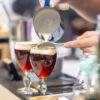
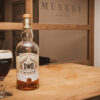
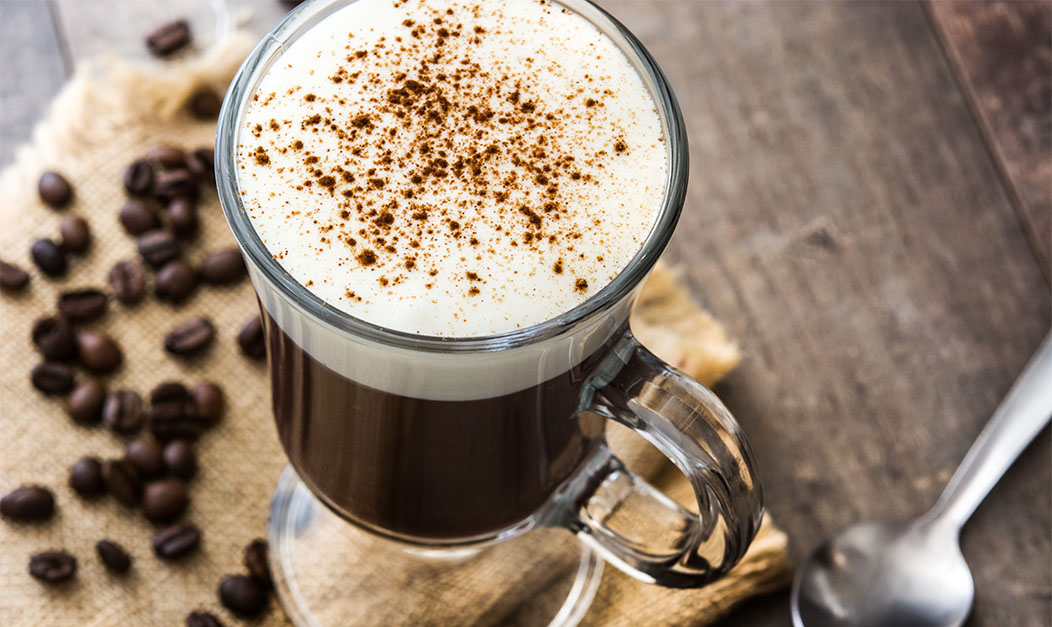
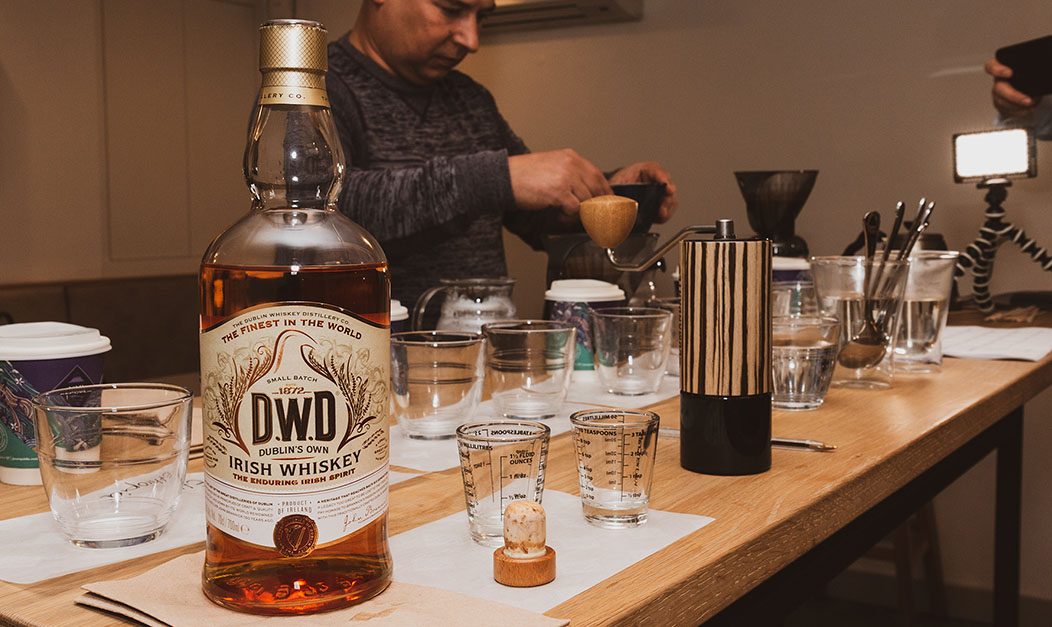
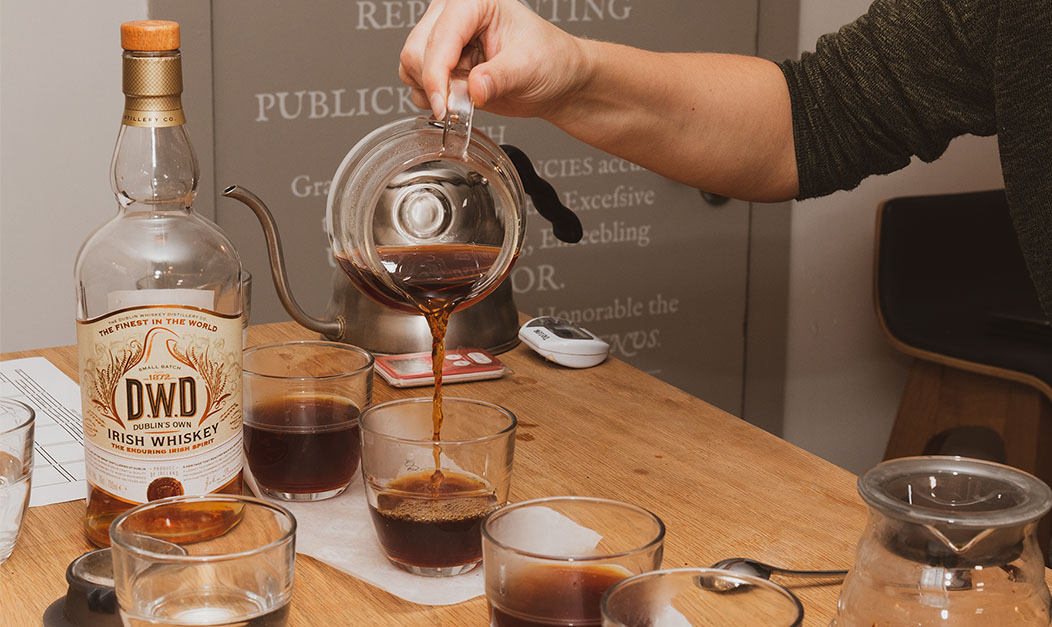
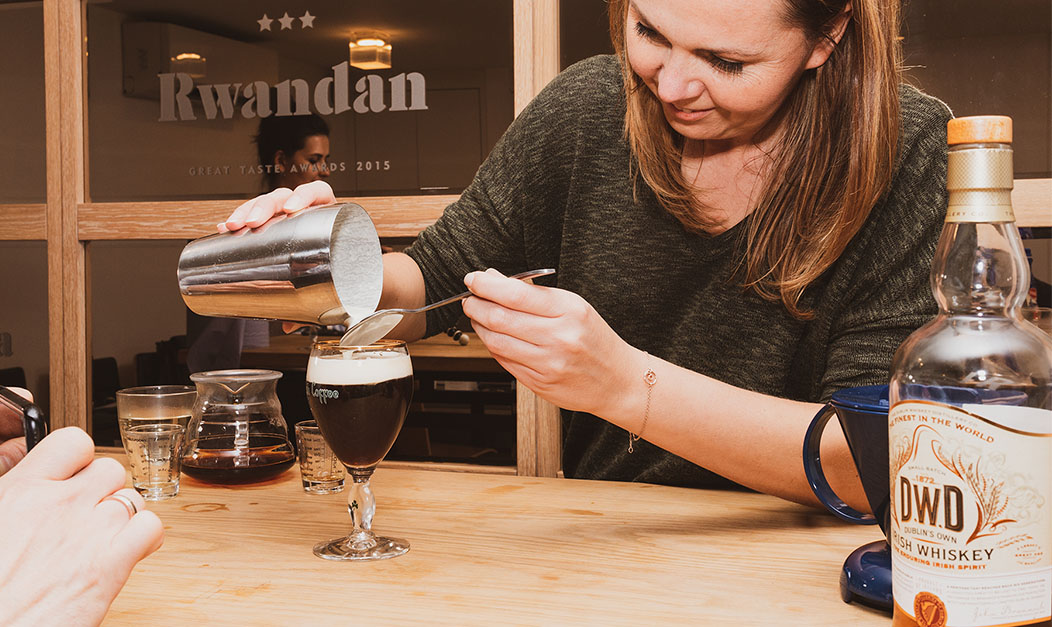
You must be logged in to post a comment.